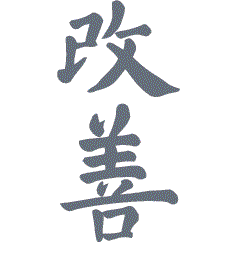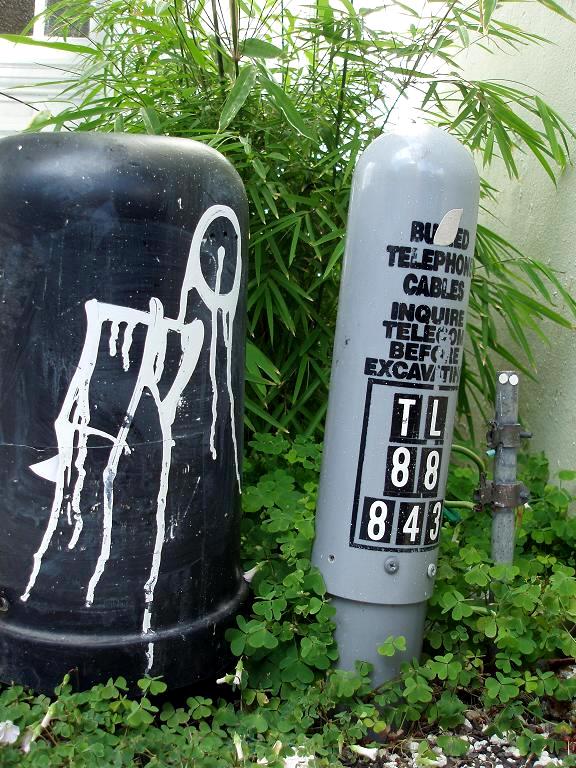
in the autumn sunshine #623 (30 May 2016)

in the autumn sunshine #621 (30 May 2016)

in the autumn sunshine #622 (30 May 2016)

in the autumn sunshine #626 (30 May 2016)

in the autumn sunshine #625 (30 May 2016)

in the autumn sunshine #624 (30 May 2016)

in the autumn sunshine #628 (30 May 2016)

in the autumn sunshine #627 (30 May 2016)

in the autumn sunshine #629 (30 May 2016)

in the autumn sunshine #630 (30 May 2016)

in the autumn sunshine #631 (30 May 2016)
Yesterday, the last day of autumn … out in the city. And it’s a sunny afternoon. The camera doesn’t like being stuck in the bag; I can tell it wants to get out and play. So here – with a minimum of Photoshop time involved – are the results of my playing in the sunshine.
The orange flower spikes are sampled from the bed of Aloe vera just off Civic Square, behind the City Art Gallery, on the way down to Jack Ilott Green. “A member of the Liliacea family, Aloe vera is a succulent perennial, grows in a clump and has long, spiky, grey-green leaves. The yellow-orange tubular flowers bloom at the top of tall spikes that emerge from the center of the plant. There are approximately 400 species of Aloe, but it is the Aloe Barbadensis Miller, or “true aloe,” referred to as Aloe vera, that possesses the most remarkable healing properties” (from a web site called Way of the Wild Heart).
And the tall plant with the wonderfully curved blade-like leaves … is that some kind of Agave? (If you can identify it from my pix, please comment.)
The wooden wheel is part of the sculptural decoration on the City to Sea Bridge. I hadn’t been intending to stop on the bridge, but the silvery-blue light was just too appealing to ignore.
Back in the 1930s, the St John’s Bar and Restaurant used to be the home of the Wellington Free Ambulance. I mention it because the cabbage tree shown here is among a number outside the handsome Art Deco structure.



























